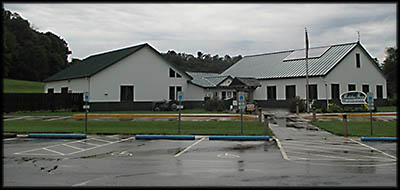Malabar Farm

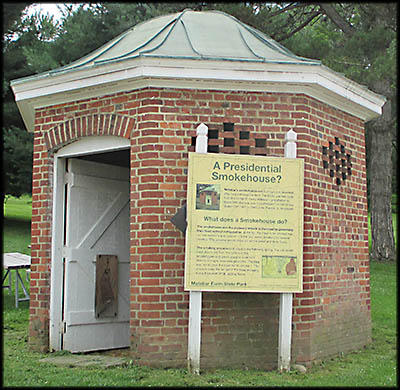
Smokehouse
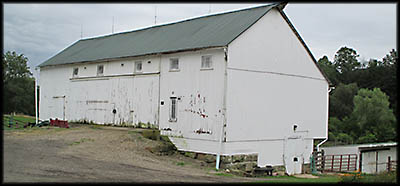
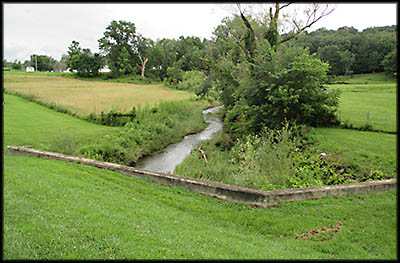
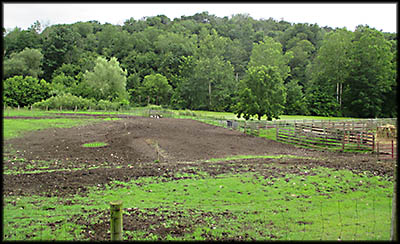
Around the Farm
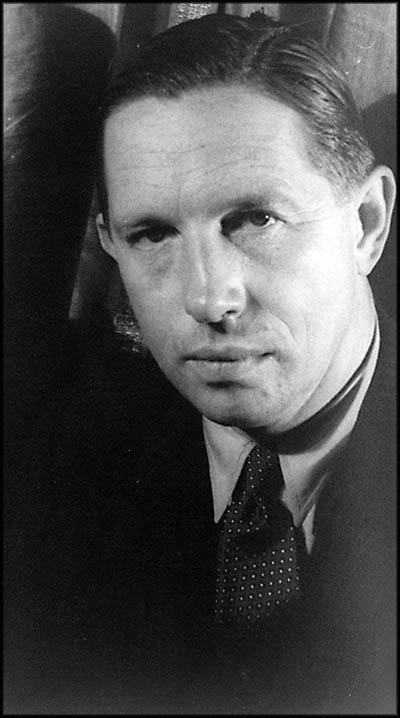
Louis Bromfield
Photograph by Carl Van Vechten (1933).
Library of Congress.
Photograph by Carl Van Vechten (1933).
Library of Congress.
Louis Bromfield won a Pulitzer Prize for his 1926 novel Early Autumn. Despite this achievement, his work has since been largely forgotten. He was also known as a great conservationist, a second career he began in 1939 with the purchase of Happy Farm near Lucas, Ohio. Renaming it Malabar Farm in honor of the Malabar Coast in India at which he vacationed in 1932, he quickly discovered he could not farm his new land because the soil was exhausted.
American farmers are a funny people. Unlike Europeans, instead of doing things like field fertilization and crop rotation to keep the same parcel of land productive for generations, U.S. farmers just moved west for fresh ground. This is one of the reasons for the Civil War. The Southern states wanted to expand slavery into places like Kansas and Missouri because they had exhausted their own soil and needed the land west to continue their plantation economy.

In 1929 he headed to Hollywood to be a screenwriter. This he disliked, but it did win him numerous Hollywood friends, who would later visit Malabar Farm in droves. Bromfield insisted all his guests work somewhere on the farm. James Cagney, for example, once sold vegetables at Bromfield’s stand. One wonders what Humphrey Bogart and Lauren Bacall did when they married in Bromfield’s house.
Malabar Farm, which is run by the State of Ohio, offers two tours: one around the farm and one through Bromfield’s house. I took both. The latter is, according to the tour guide, filled with nearly one hundred percent of the items belonging to Bromfield and his family. Called the “Big House,” it contains paintings galore, including many of Bromfield with his beloved dogs or just the dogs themselves, none of which are particularly good, but it made the man happy, so who cares? There is also art by famous people Bromfield knew, including two paintings by Anna Mary Robertson, better known as Grandma Moses. Worth six figures a piece, here is a warning to thieves: they have been burglar proofed.
Malabar Farm, which is run by the State of Ohio, offers two tours: one around the farm and one through Bromfield’s house. I took both. The latter is, according to the tour guide, filled with nearly one hundred percent of the items belonging to Bromfield and his family. Called the “Big House,” it contains paintings galore, including many of Bromfield with his beloved dogs or just the dogs themselves, none of which are particularly good, but it made the man happy, so who cares? There is also art by famous people Bromfield knew, including two paintings by Anna Mary Robertson, better known as Grandma Moses. Worth six figures a piece, here is a warning to thieves: they have been burglar proofed.
After graduating from high school in 1914, Bromfield attended Cornell Agricultural College with the idea of being a farmer like his father and grandfather. In 1916, he changed his mind and switched to the study of journalism at Columbia University in New York City. The next year the United States entered World War I, so off he went to Europe to serve as an ambulance driver. Finishing his duty in 1919, he returned to New York City where he met Mary Appleton Wood, whom he married. He also started writing novels, the first of which he published, The Green Bay Tree, was a bestseller. In 1925 he moved his family to France and there took out a 99 year lease on a former abbey called Presbytere de St. Etienne in Senlis.
The farm has many points of interest. There is the Olivet Cemetery in which the family that first settled the land as well as Bromfield himself is buried. The Hudson and Essex Restaurant, once the place where Bromfield sent guests when his house filled up, offers food at a cost that would horrify penny pinchers. There is also the Pugh Cabin, built Bromfield’s good friend George Pugh as a weekend retreat. It is now famous for its appearance in the movie The Shawshank Redemption. You can do some walking on three trails, one of which, the Butternut, has a cave. There is also a barn that looks spectacular on the outside but is mostly empty on the inside.🕜
One of most peculiar things I saw hanging on the wall was a document that made Bromfield an admiral in the Great Navy of the State of Nebraska. For the geographically-challenged, Nebraska is land locked, and it largest body of water, Lake McConaughy, is technically a reservoir. “Admiral of Nebraska” was a tongue-in-cheek honor given to Bromfield by the state governor, probably because of Bromfield’s conservation work.
Malabar Farm is quite extensive—it covers 875 acres, 124 of which are farmed and another 200 used as pastureland. While I personally have little interest in the modern conversation and farming techniques to which Malabar is dedicated, those interested can this information on the official Malabar Farm website. If you visit, there is a little museum geared primarily towards children that is loaded with this kind of information.
Malabar Farm is quite extensive—it covers 875 acres, 124 of which are farmed and another 200 used as pastureland. While I personally have little interest in the modern conversation and farming techniques to which Malabar is dedicated, those interested can this information on the official Malabar Farm website. If you visit, there is a little museum geared primarily towards children that is loaded with this kind of information.
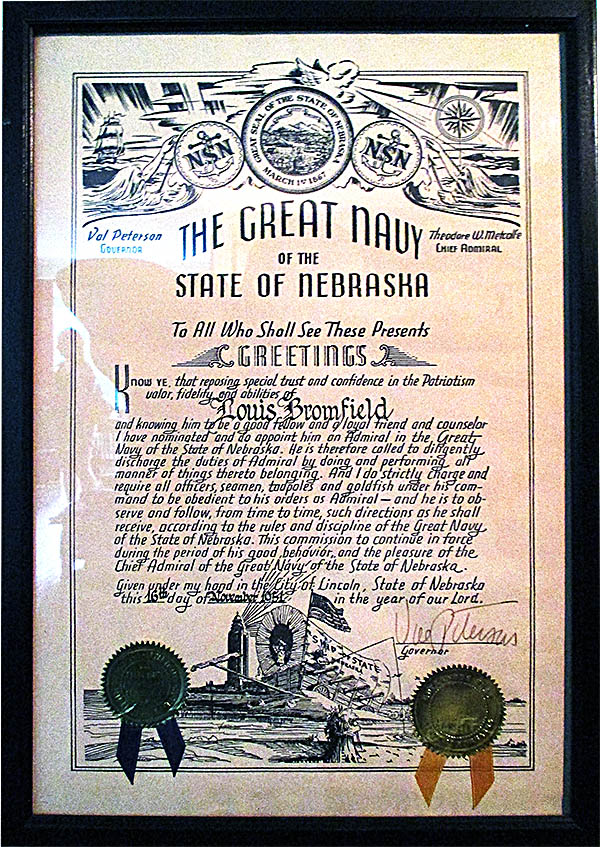
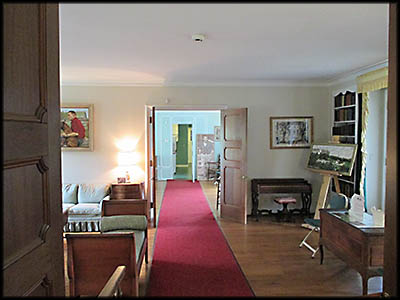
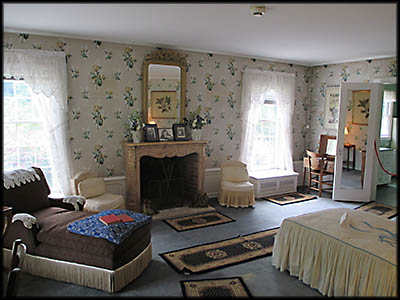
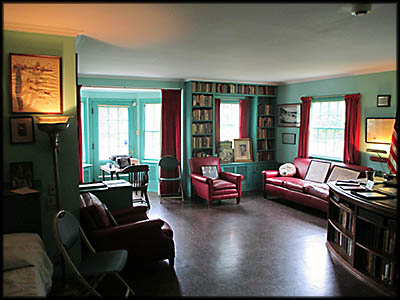
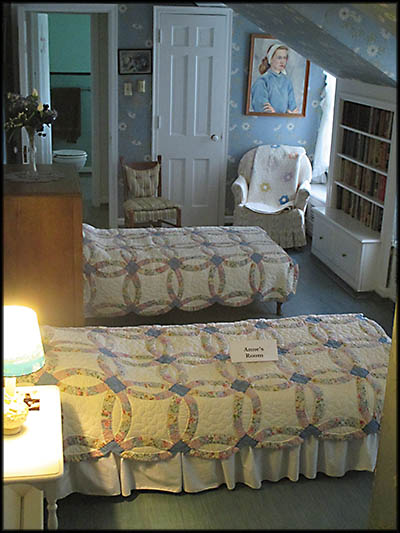
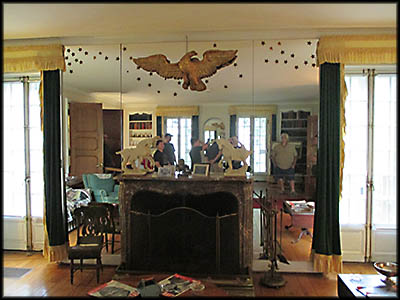
Inside the Big House
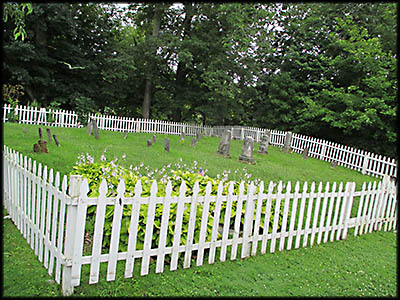
Cemetery
Visitors’ Center
